-
Pure Water, Pure Life: Filter with Ease!
Better Taste, Better
Health...Better Water!Protect Your Families Health...While Saving Money!
-
Which system is right for you?
We will also come to your house to do a completely FREE in home test of your water, so you can see EXACTLY what’s in it before deciding on a system!

Time's up

Schedule a FREE Consultation
5 Stage Reverse Osmosis Drinking System
Enjoy crystal clear, great tasting purified water right from your kitchen faucet with a 5 Stage reverse osmosis system.
- Zero Money Down
- FREE Installation
- 7 Year Warranty
- Lifetime Servicing
6 Stage Alkaline Drinking Water System
Enjoy crystal clear, great tasting purified water right from your kitchen faucet with a 5 Stage reverse osmosis system.
- Zero Money Down
- FREE Installation
- 7 Year Warranty
- Lifetime Servicing
Whole House Water Conditioner + Alkaline
Enjoy crystal clear, great tasting purified water right from your kitchen faucet with a 5 Stage reverse osmosis system.
- Zero Money Down
- FREE Installation
- 7 Year Warranty
- Lifetime Servicing

Water Quality Contaminants
Southern California's drinking water sources can contain various contaminants, including heavy metals (e.g., lead, arsenic), disinfection byproducts, pesticides, pharmaceuticals, and industrial chemicals, which can pose health risks if present above regulated levels.
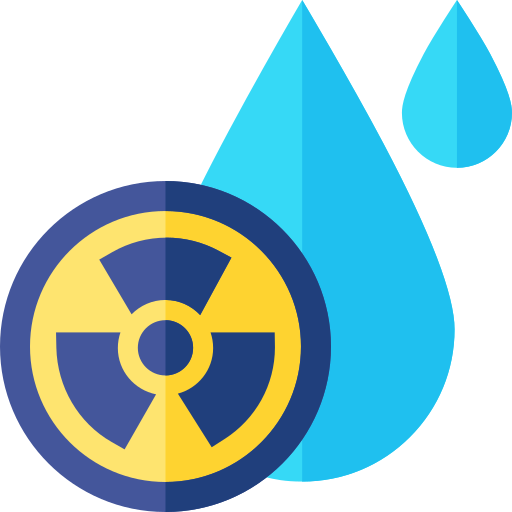
Arsenic Contamination
Elevated levels of arsenic, a naturally occurring contaminant, have been detected in some groundwater sources in Southern California. Long-term exposure to arsenic in drinking water can increase the risk of cancer and other health problems.
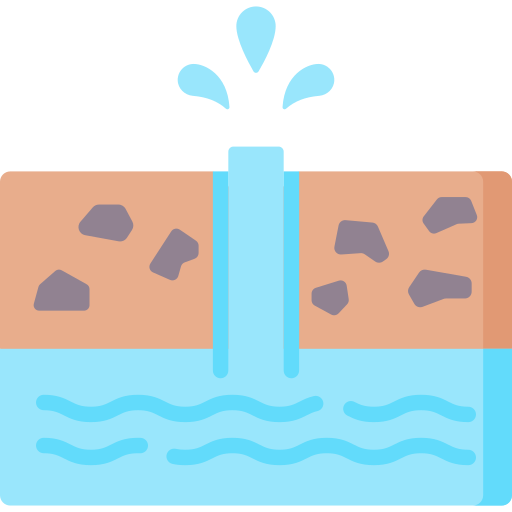
Groundwater Contamination
Groundwater sources used for drinking water in Southern California may be contaminated by pollutants from agricultural activities, industrial facilities, landfills, and urban runoff, leading to concerns about water quality and safety.
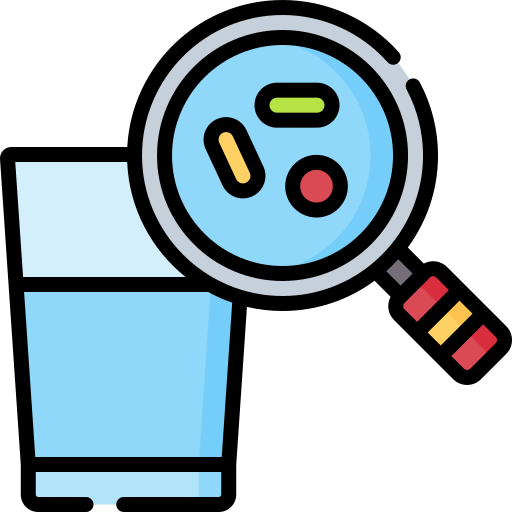
Microbial Contamination
Despite treatment processes, drinking water in Southern California may still contain harmful microbes such as bacteria, viruses, and protozoa. Improperly maintained distribution systems or contamination events can increase the risk of microbial contamination.

Chloramine and Chlorine Treatment
Chloramine and chlorine are commonly used disinfectants in Southern California's water treatment plants. While effective at killing harmful microorganisms, their use can lead to taste and odor issues in drinking water and the formation of disinfection byproducts that may pose health risks.
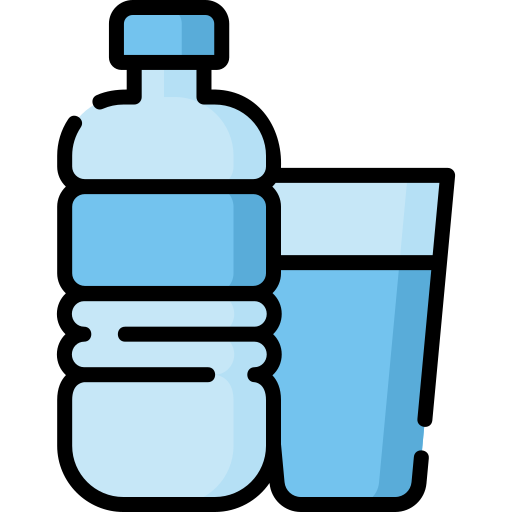
Water Hardness
Besides causing scaling and affecting soap effectiveness, hard water can lead to mineral buildup in appliances like water heaters and dishwashers, reducing their efficiency and lifespan and potentially increasing energy consumption and maintenance costs.

Lead Pipes and Fixtures
Some older homes in Southern California may have plumbing systems containing lead pipes or fixtures, which can leach lead into drinking water, especially if the water is corrosive. Lead exposure can have adverse health effects, particularly in children.

Disinfection Byproducts (DBPs)
Chlorine and chloramine used for disinfection can react with organic matter in water, forming disinfection byproducts (DBPs) such as trihalomethanes and haloacetic acids. Prolonged exposure to DBPs has been associated with health risks, including cancer and reproductive problems.
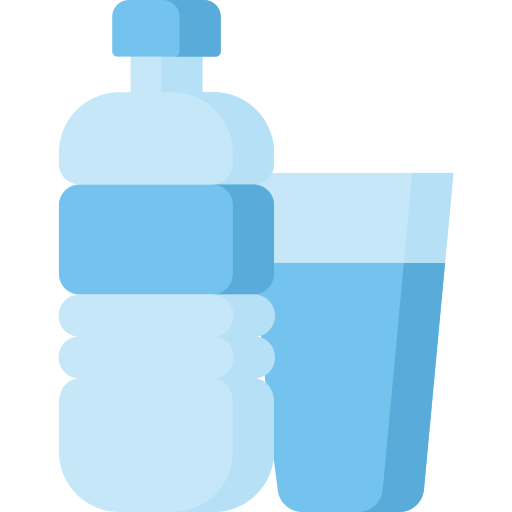
Hard Water
Many areas in Southern California have hard water, which contains high levels of minerals such as calcium and magnesium. Hard water can cause scaling in plumbing fixtures, decrease the effectiveness of soaps and detergents, and affect the taste of drinking water.

Emerging Contaminants
Emerging contaminants, such as pharmaceuticals, personal care products, and endocrine-disrupting chemicals, are increasingly being detected in Southern California's drinking water supplies. Their long-term health effects are still being studied, but they raise concerns about water quality and safety.
Lifetime Servicing Included With All Systems
Annual Water Testing
Rest easy knowing that your system will always be working perfectly with annual water testing free of charge.
Unlimited Service Calls
With unlimited service calls, if you ever have a problem with your system we'll send someone out right away at no cost to you.
Annual Maintenance
Once a year we'll send one of our service technicians out to test your system, check your filters and make sure everything is perfect.
Health Issues Caused By Using Unfiltered Water
“Chat GPT” also says: The drinking water in Southern California can sometimes cause issues for skin and hair due to its mineral content, chemical additives, and other factors.

Dry Skin

Hair Damage

Scalp Irritation

Clogged Pores

Residue Buildup

Sensitivity Reactions

Hair Discoloration

Frizzy Hair

Eczema & Dermatitis
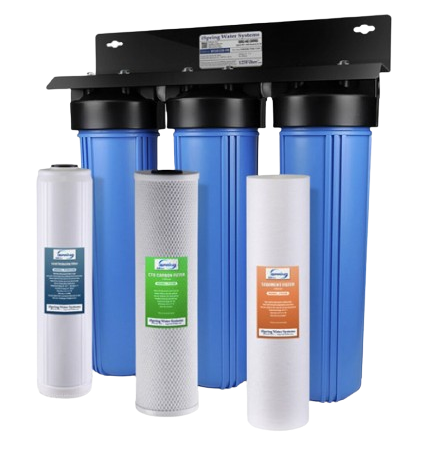

Premature Aging
5 Star Business
Over 250,000 families have chosen our filters for their homes!
"Pacific Water Systems exceeded my expectations! From the initial consultation to the installation of our water softening system, the process was smooth and efficient. Our water tastes cleaner, and our appliances are protected from hard water damage."

"Pacific Water Systems transformed the quality of water in our office building. We had been dealing with unpleasant tasting water and mineral deposits, which affected our productivity. Since installing their filtration system."

Frequently Asked Questions
My home in Southern California has extremely hard water. How can I remove the hardness?
Minerals like calcium and magnesium cause water hardness, and although these minerals are not harmful, and can actually be beneficial when in high concentrations they can cause your water to become hard.
Hard water can dry out your skin, cause scale buildup in your pipes, and leave a layer of residue on surfaces that it comes in contact with. The best way to remove hardness from your water is by installing a whole house water softener.Is Southern California tap water safe to drink?
Although Southern California water is technically within the threshold of acceptable contaminant levels, this does not necessarily mean that there is no risk in drinking it.
Many of the contaminants found in Southern California water, although within the guidelines approved by the U.S. Environmental Protection Agency (EPA), long-term exposure to these harmful contaminants can potentially cause long-term health issues including cancer and other diseases
How can I remove scale buildup from my pipes?
Although Southern California water is technically within the threshold of acceptable contaminant levels, this does not necessarily mean that there is no risk in drinking it.
Many of the contaminants found in Southern California water, although within the guidelines approved by the U.S. Environmental Protection Agency (EPA), long-term exposure to these harmful contaminants can potentially cause long-term health issues including cancer and other diseases
Will a water softener remove calcium?
Although Southern California water is technically within the threshold of acceptable contaminant levels, this does not necessarily mean that there is no risk in drinking it.
Many of the contaminants found in Southern California water, although within the guidelines approved by the U.S. Environmental Protection Agency (EPA), long-term exposure to these harmful contaminants can potentially cause long-term health issues including cancer and other diseases
What's the difference between a salt-based softener and a salt-less water softener?
Although Southern California water is technically within the threshold of acceptable contaminant levels, this does not necessarily mean that there is no risk in drinking it.
Many of the contaminants found in Southern California water, although within the guidelines approved by the U.S. Environmental Protection Agency (EPA), long-term exposure to these harmful contaminants can potentially cause long-term health issues including cancer and other diseases
What happens if I sell my house?
Although Southern California water is technically within the threshold of acceptable contaminant levels, this does not necessarily mean that there is no risk in drinking it.
Many of the contaminants found in Southern California water, although within the guidelines approved by the U.S. Environmental Protection Agency (EPA), long-term exposure to these harmful contaminants can potentially cause long-term health issues including cancer and other diseases
If you have further questions about home water filtration, contact us at Pacific Water today.
California's Toilet to Tap Law
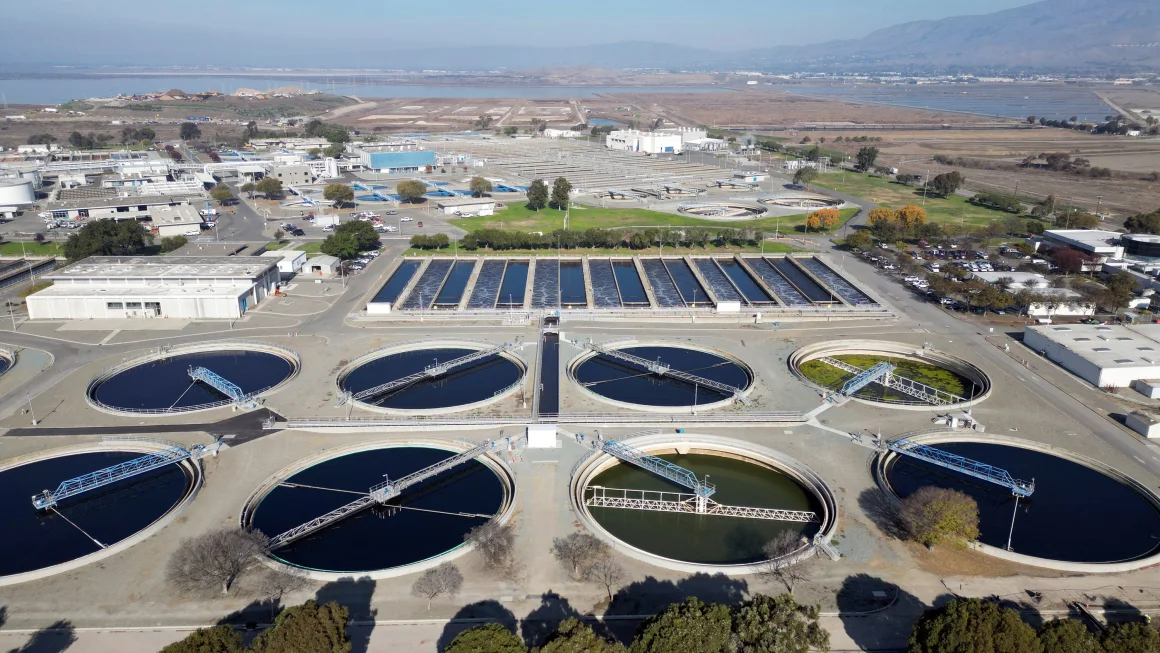
California wastewater to be recycled into tap water, according to new regulations
Nearly half of the tap water in the US is contaminated with ‘forever chemicals,’ government study finds

